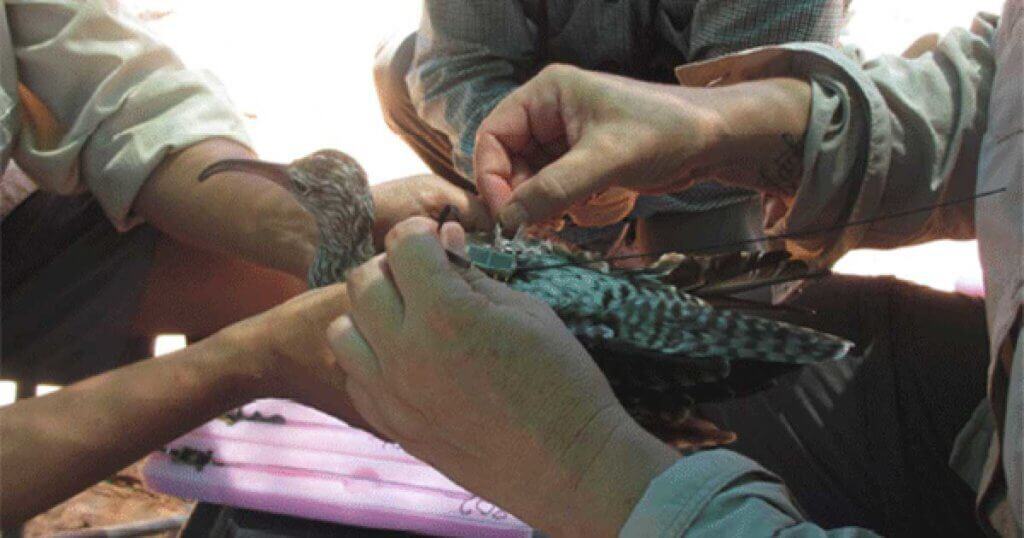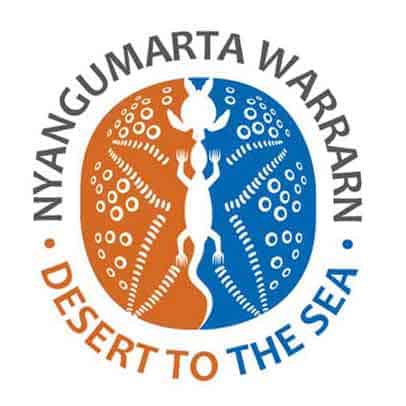Still alive & transmitting

Two Whimbrel fitted with satellite tags by the Australasian Wader Studies Group (AWSG) in February, 2017 are still transmitting. Both Whimbrels, tagged LA and KU, were captured at Eighty Mile Beach and Roebuck Bay, Broome respectively.
KU subsequently successfully migrated to the northern hemisphere breeding grounds in both 2017 and 2018. It is hoped that the transmitter will last sufficiently long to give us a third year of data on this bird in 2019.

The second Whimbrel, LA, was an immature two-year old bird and did not migrate to the breeding grounds in 2017 but subsequently migrated in 2018 without successfully breeding. In February 2018, this bird famously dodged Cyclone Kelvin, which hit Anna Plains Station by moving 145km south for a few days until the cyclone passed. It is hoped the transmitter will last long enough to tell us if LA migrates to the northern hemisphere to breed this year.

KU and LA are both demonstrating high site fidelity as in previous years. KU is using the mudflat near Crab Creek (east of Roebuck Bay) and Dampier Creek (west of Roebuck Bay, while LA remains at its favourite section of 80 Mile Beach, 45-48km south of the Anna Plains Entrance.

Acknowledgements
Clive Minton
The extensive and expensive satellite tracking program we have set up in NWA has only been possible through the efforts and generosity of a large number of people and organizations. It is difficult to know where to start with the formal acknowledgements so I will list them – but not in any particular order of priority.
- The members of the AWSG NWA 2019 Wader and Tern Expedition and similar NWA expeditions in previous years, are particularly thanked for their efforts in the field in catching, banding and deploying transmitters on a range of species.
- Landowners are especially thanked for permission to go onto their property to enable us to catch various species in order to deploy the satellite transmitters. In particular we thank Anna Plains Station for giving us the freedom to roam over large areas of grazed grassland when counting and catching target species.
- AWSG acknowledges the Yawuru People via the offices of Nyamba Buru Yawuru Limited for permission to catch birds on the shores of Roebuck Bay, traditional lands of the Yawuru people.
- AWSG acknowledges the Karajarri and Nyangumarta people for permission to catch birds to be marked for this project on the shores of 80 Mile Beach, traditional lands of the Karajarri and Nyangumarta.
- The cost of the satellite transmitters, which cost around $5000 each, and the satellite downloading costs (around $1000-1500 per month) have been met by a variety of sources. Private individuals (Charles Allen and Doris Graham) have made most generous individual contributions. Kate Gorringe-Smith and her team of artists involved in The Overwintering Project made a large, generous donation from funds raised during their various public exhibitions. The annual NWA Expedition members, collectively, also provided significant funds each year.








